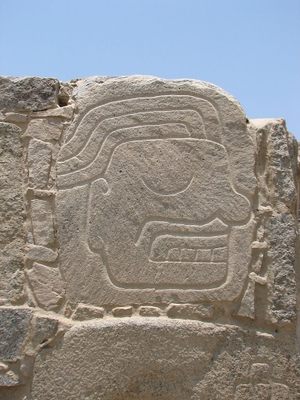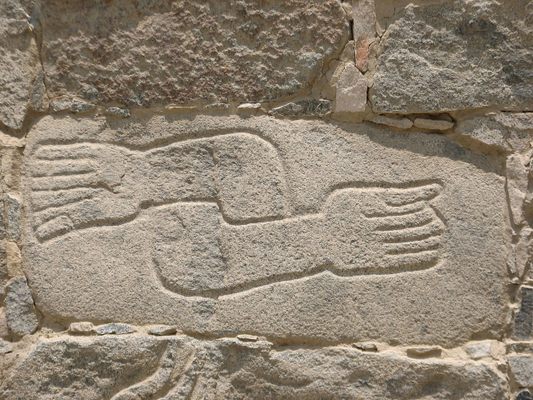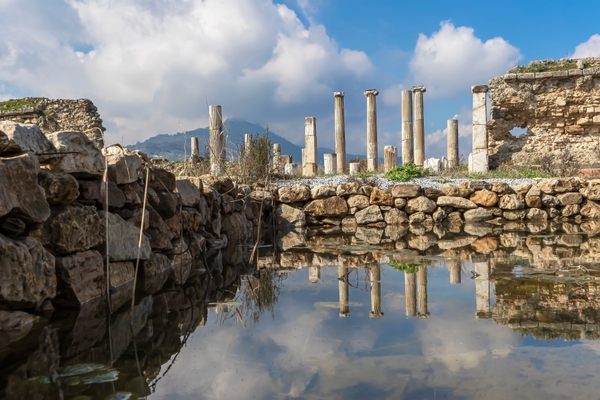About
It is unclear who built Cerro Sechin, or how they built it, or what exactly its purpose was. One thing, however, is abundantly clear: they liked making carvings of mutilated bodies.
Part of the larger Sechin Archaeological Complex that was apparently the capital of the ancient Casma/Sechin culture and contains what is currently the oldest known urban site in the Americas, Cerro Sechin is the most carefully studied component of the ancient population center and, unlike the other commercial and residential sites, seems to have been an administrative and ceremonial center that served political-religious purposes.
Largely completed before 2000 BCE and in regular use until 1500 BCE, the ruins of Cerro Sechin consist of a stepped temple platform flanked by ancillary buildings. However, the site is best known for the wall encircling its perimeter, which bears an astounding number of sculptures depicting gruesome scenes of butchery.
This retaining wall was added somewhat late in the site’s history, and is adorned with roughly 400 granite bas-relief sculptures that depict two types of characters: victorious warrior-priests marching triumphantly with swords, axes, and scepters; and their overwhelmingly tragic victims who lay eviscerated and dismembered around them. The carnage is represented in remarkably graphic fashion, including severed heads and limbs, eyeballs plucked from skulls and set upon skewers, scattered viscera, and disembodied bones left to bleach in the sun.
With so little known about who built this wall, the meaning of the bellicose images is left to educated speculation. Some theorize that the sculptures commemorate the results of a great battle in which the Casma people were conquered; others think it might celebrate a popular rebellion crushed by the ruling elite. Perhaps it is simply a representation of warfare and raiding common in that time and place, or a portrayal of demigods and other mythical figures in legendary events.
It is notable that the anatomical accuracy of the images (particularly of enucleated eyes, pelvis and sacrum bones, kidneys, stomach, esophagus, and both large and small intestines) have led some to suggest that the site was a lab for anatomical studies or, at the very least, shows that the culture that created them had a sophisticated knowledge of anatomy and dissection.
Whatever the ceremonial purpose and whoever the inhabitants, Cerro Sechin was abandoned by 800 BCE and lay buried and forgotten until is was rediscovered by Peruvian archaeologists Julio C. Tello and Toribio Mejía Xesspe in 1937. Today, visitors can look upon these well-excavated carvings and marvel at their sophisticated representations of corporeal destruction.
Related Tags
Know Before You Go
It's easier to hire a car and driver to get here. Note that Casma can be dangerous at night, with hotels often keeping their gated walls closed and employing guard dogs.
Peru: Machu Picchu & the Last Incan Bridges
Discover Inca Wonders.
Book NowPublished
April 12, 2016
































